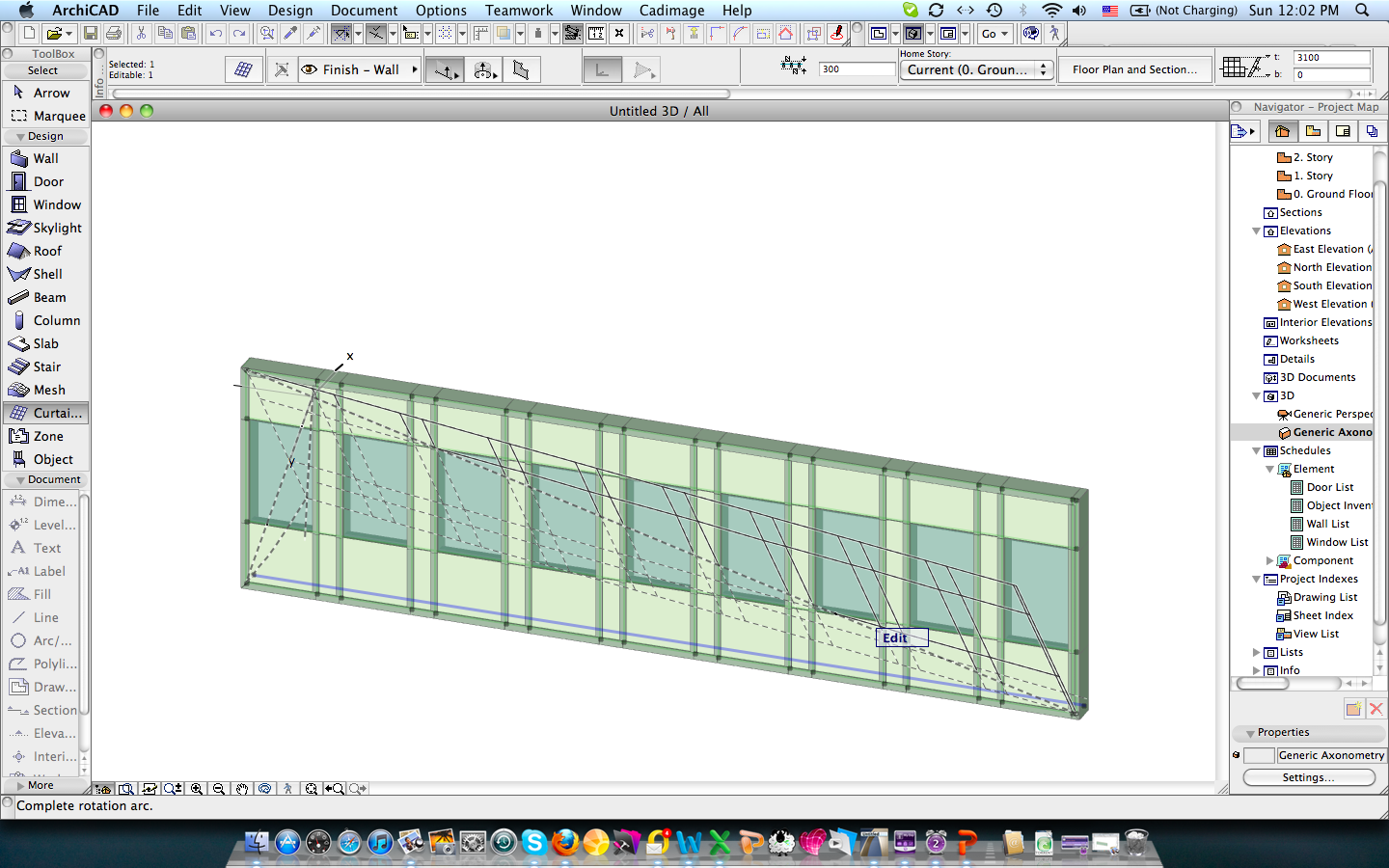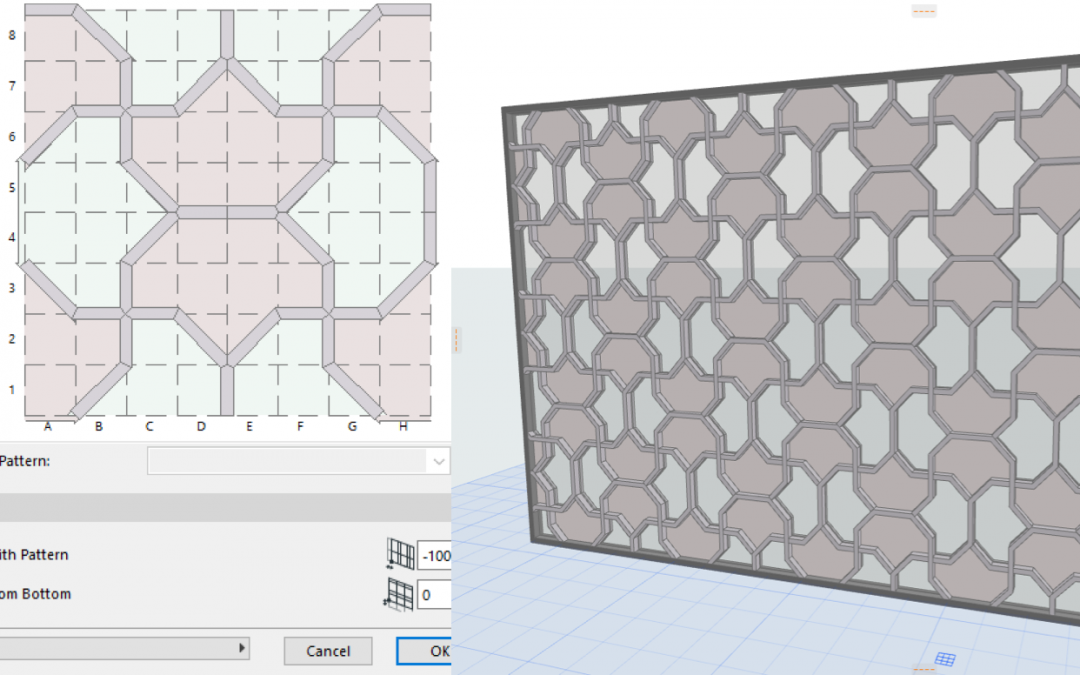
Entire Element: Element is displayed on all relevant stories.This control is only available if the element’s Floor Plan Display is set (using the Floor Plan Display pop-up) to either “Projected” or “Projected with Overhead.” įor projected parts of the Curtain Wall: the range of the projection. See Model View Options for Curtain Walls. Curtain Wall display is also determined by Model View Options.If Floor Plan Display is set to Outlines Only or Overhead All, then the Projection Mode becomes All Symbolic, and there are no further options.Available options depend on the Floor Plan Display you chose above some components may be invisible, and you cannot set a display mode for those.The Projection Mode is “ Hybrid” by default - that is, it uses various settings for the three component types. Here, Cut Panels are Symbolic, while Cut Frames are Projected.Ĭonsult the preview to visualize the result for each option. Projected with Symbolic Panels (for cut components only).Once you have set Floor Plan Display, use Projection Mode to fine-tune the displayed components of the Curtain Wall: Overhead All: the entire element’s outline is shown using overhead attributes.Outlines Only: the entire element’s outline is shown using uncut attributes.Cut Only: displays only the cut part, as cut by the Floor Plan Cut Plane.
ARCHICAD 16 CURTAIN WALL PLUS
– Same as Projected, plus Overhead part (above the Floor Plan Cut Plane) – Cut part of 3D model (i.e., as cut at the level of the Floor Plan Cut Plane)

Use this popup to define which parts of the Curtain Wall are displayed on Floor Plan.

Use the popup and consult the image to define the offsets between the Reference Surface and each class of Frames (e.g. The Reference Line stays in place, and the pattern is not affected.ĭistance from Panel (or Frame) to CW Reference Line Not available for multi-segment Curtain Walls.Īvailable for a selected Curtain Wall, or during input in the Info Box.Ĭlick the Flip button to flip (or mirror) a selected Curtain Wall along its Reference Line: the body of the Curtain Wall flips to the other side.

This Nominal Thickness value is used by elements connected to the Curtain Wall: Adjoining Zones and connecting Walls will extend to the Nominal Thickness by default. If you change an element’s elevation so that its reference line is moved to a different story, you have the option to make the Home Story change to match the element’s new location:ĭistance from the Reference Surface to the opposite side of the Curtain Wall. redefine the floor level), the Curtain Wall will change its position. If you later modify the Home Story’s position (e.g. Home Story: The Curtain Wall’s reference line is physically linked to its Home Story.Open Curtain Wall Default Settings by double-clicking on the Curtain Wall Tool.įor a Curtain Wall with a non-horizontal Reference Line: elevation at the Curtain Wall’s lowest point. Use System-level editing to set up or edit the Curtain Wall element as a whole, using a single dialog box.


 0 kommentar(er)
0 kommentar(er)
